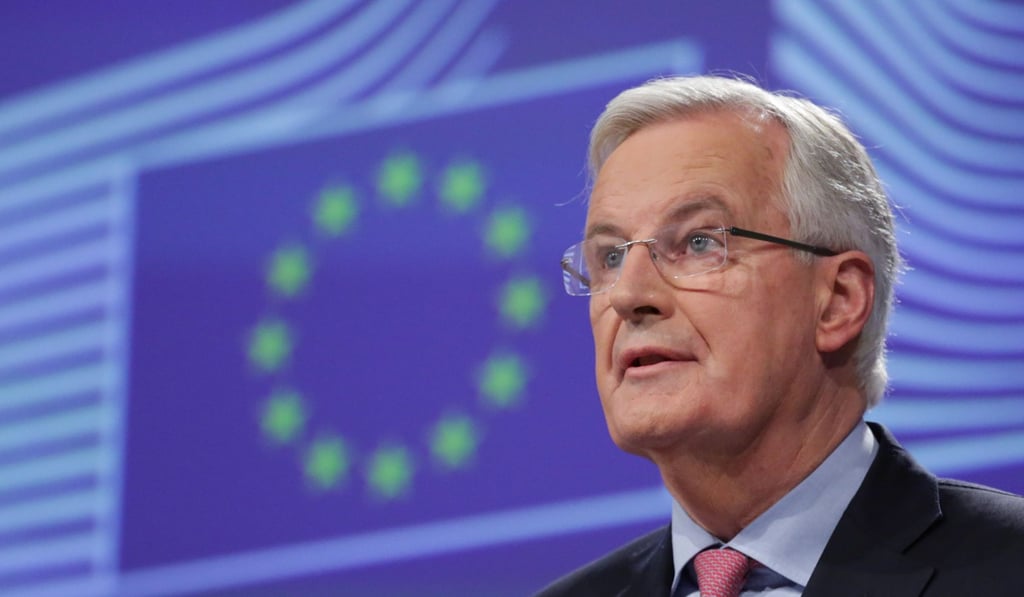Analysis | How the Northern Ireland border became an unexpected hurdle for Brexit

In the days of the Troubles, as the 30-year sectarian conflict in Northern Ireland was known, the borderlands between the North and the Republic of Ireland were called “bandit country” – a frontier of milk smugglers, gunrunners and frequent clashes between British soldiers and Irish Republican Army cells.
Today, because the sides made peace and because both the Irish Republic and Northern Ireland are members of the same European Union, the border between them is wide open to the point of invisibility. Manufactured goods, alongside tens of thousands of people, and a lot of sheep and Guinness stout, pass freely on a daily basis, without customs checks or passport control, over new highways, farm roads and country lanes.

European negotiators on Wednesday released draft language for a treaty that would have Northern Ireland essentially remain in the EU customs union, which would allow for an open border for trade and travel between Northern Ireland, still a part of the United Kingdom, and the Republic of Ireland in the south, a member of the European bloc.
We did not leave the European Union to oversee the break-up of the United Kingdom
In Parliament, British Prime Minister Theresa May immediately called the proposal unacceptable, signalling a rocky road ahead.